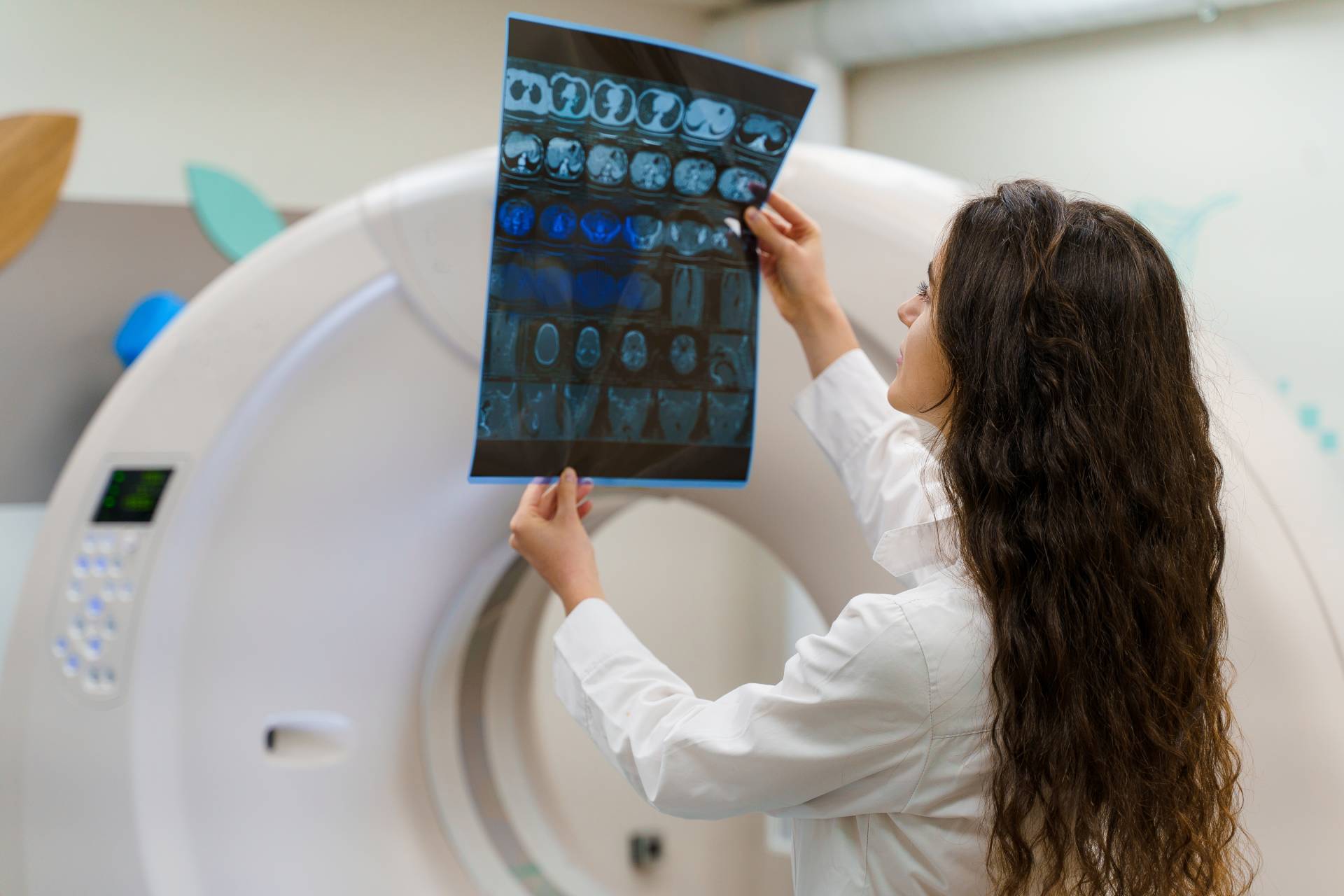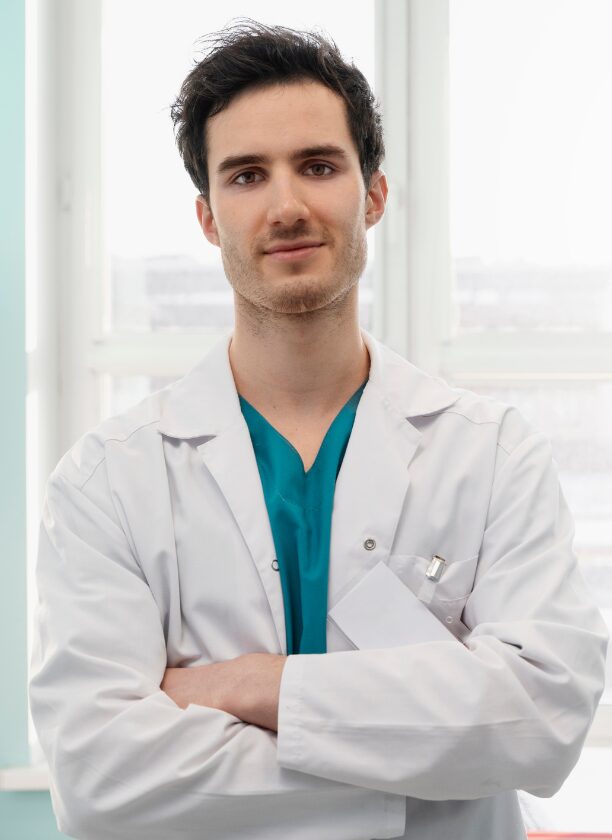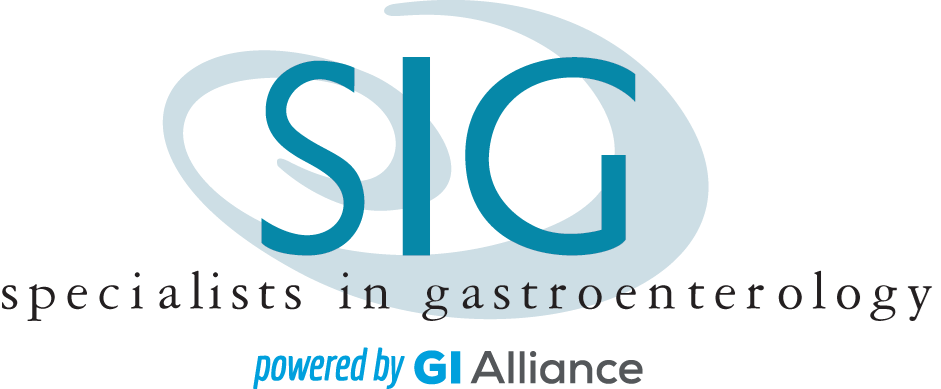CT Scan or CAT Scan – Computed Tomography in St. Louis, MO
What is computed tomography?
Computed tomography, also referred to as a CT, or CAT scan is a sophisticated medical imaging system in which an x-ray beam spins around the client. A CAT scan can image the inward section of the organs and distinguish overlapping structures precisely, producing cross-sectional scans of all parts of the body. A CAT or CT scan is a notably valuable diagnostic method that helps diagnose many separate troubles or diseases. It might be utilized to locate irregularities inside your body or assist throughout the surgery. If you have digestive health issues and need a CT scan in St. Louis, MO, our team can help. Please contact a Specialists in Gastroenterology location to request a consultation with one of our skilled providers.

Why is a CT or CAT scan completed?
There are several reasons a CT scan might be ordered by a Specialists in Gastroenterology provider. Some of the main reasons a CT scan is used include:
- To find bone and muscle complaints like bone breaks and growths
- To monitor disease and conditions including heart disease, liver masses, lung nodules, and cancer
- To track down an infection, a growth, or a blood clot
- To support procedures, radiation therapy, and biopsies
- To identify internal hemorrhaging or internal damage
What can I expect duirng a CT scan?
A radiologist, endorsed by the American Board of Radiology, oversees the CT scan. The radiologist might be assisted by a radiology technician and occasionally, a radiology nurse. You might be asked to fast for a set number of hours before your CT scan with our St. Louis, MO team. A contrast agent, typically called “dye,” might be provided to highlight blood vessels or strengthen organ images. If a contrast substance is used, it will be injected into a vein, usually in your arm. Some or all of the material might be administered via a syringe, or all of it could run slowly into your vein from an intravenous (IV) bottle. If you are allergic to the contact agent (such as iodine), you should inform our staff before the CT or CAT scan. You may be asked to lie on a platform that moves into an empty circle in the center of the CT scanning contraption. X-rays go through the area of interest in your body and are detected by an assortment of computerized sensors. You may be given breathing instructions, and then the bed will run gradually through the CT or CAT scanner. The entire scan will be completed within minutes. You should experience absolutely no pain. Data from these sensors is then digitally-composited and displayed as a picture on a video monitor. Film copies of these images might be created for subsequent examination.

